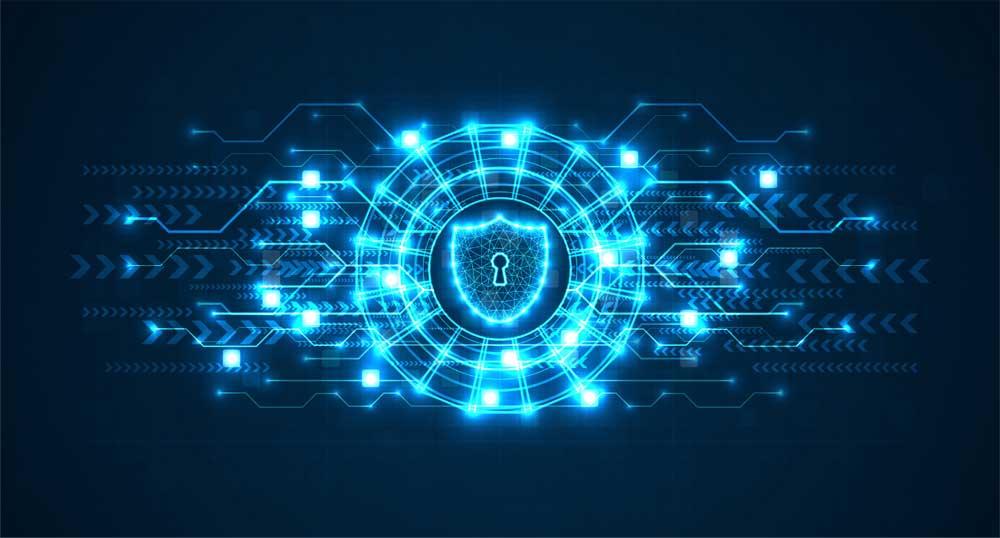How Blockchain Is Revolutionizing Verifying Qualifications: Ensuring Credential Authenticity
Introduction
In a world where digital transformation is fundamentally altering industries, the task of verifying qualifications and ensuring credential authenticity has never been more crucial. Fraudulent degrees and misrepresented resumes are a persistent challenge for employers, educational institutions, and regulatory bodies. enter blockchain technology—an innovation that is redefining how we manage and verify academic and professional records. This article explores how blockchain is revolutionizing the verification of qualifications, shedding light on its benefits, practical applications, and the future of credentialing.
What is Blockchain and Why Does It Matter for Credential Verification?
Blockchain is a decentralized digital ledger that records transactions transparently and securely across multiple computers. Once a record is added, it cannot be altered or tampered with—making it an ideal solution for maintaining the integrity and authenticity of credentials.
- Decentralized: No single authority controls the data.
- Immutable: Credentials, once recorded, cannot be modified.
- Obvious: All parties can verify the authenticity of each credential in real-time.
These features allow stakeholders to trust that verifications are both genuine and protected against fraud.
How Blockchain Is Transforming Credential Authentication
the process of verifying qualifications, such as degrees, certifications, and licenses, is often manual and time-consuming. Traditional methods rely on contacting issuing institutions or using third-party verification agencies, processes that are susceptible to errors and deliberate manipulation. Here’s how blockchain is addressing these challenges:
1. Tamper-Proof Digital Credentials
Academic institutions and professional organizations can issue blockchain-based credentials that are cryptographically signed. Employers and verification agencies can instantly confirm authenticity without intermediary delays.
2. instant Verification
Instead of waiting days or weeks for verification, blockchain enables real-time credential checks, significantly speeding up recruitment and admissions processes.
3. Universal Access and Portability
Blockchain credentials reside in the cloud, allowing graduates and professionals to carry their records anywhere, share them securely, and control access.
4. Combatting Resume Fraud
With direct, immutable records on blockchain, applicants can’t embellish or forge academic or professional history, drastically reducing the risk of credential fraud.
Key Benefits of Blockchain Credential Verification
- Enhanced Security: Credentials are secured using blockchain’s encryption, making unauthorized changes practically impossible.
- Trust and Transparency: All stakeholders—institutions, employers, individuals—can trust the data, fostering better relationships and decisions.
- Cost Savings: Automation reduces operational costs associated with verification services and administrative overhead.
- Global Standardization: Blockchain credentials facilitate a unified global standard, simplifying cross-border academic and professional mobility.
- User Empowerment: individuals gain full ownership and control over their credentials, deciding who can access their records.
Practical Tips for Leveraging Blockchain in Verification Processes
For Educational Institutions
- Partner with reputable blockchain credential platforms such as Blockcerts or Learning Machine.
- Digitally issue degrees and transcripts as verifiable assets.
- Educate faculty and students about the value and security of blockchain credentials.
For Employers and HR Professionals
- Adopt recruitment systems that can read and verify blockchain-based credentials.
- Request blockchain records during candidate screening to ensure quick and reliable authentication.
- implement internal policies for accepting and storing verified digital credentials.
For Individuals
- Claim and manage your blockchain credentials from participating institutions.
- Use official platforms to share your verifiable documents with potential employers or other institutions.
- Stay updated with new blockchain-powered services for professional growth and networking.
Case Studies: Real-World Applications of Blockchain Credential Verification
MIT and Digital Diplomas
The Massachusetts Institute of Technology (MIT) was among the first top universities to issue blockchain-based digital diplomas. Graduates receive a tamper-proof digital credential they can share with employers globally,streamlining the verification process and improving trust.
Central New Mexico Community College (CNM)
CNM partnered with blockchain technology providers to issue digital badges and certificates, making it easy for students to prove skills to future employers and simplifying administrative processes.
World Education Blockchain Association Initiatives
This consortium brings together universities worldwide to standardize and deploy blockchain verification of qualifications, aiming for seamless cross-border verification.
Challenges and Considerations in Blockchain Credentialing
- Technical Adoption: Not all educational institutions and employers are ready for mass adoption. Investment in technology and staff training is required.
- Legal and Privacy Concerns: Data security laws differ across countries. Institutions must ensure compliance when storing and sharing credentials on blockchain.
- Standardization Required: Lack of universal standards can hinder interoperability between platforms and nations.
- Digital Divide: Not all stakeholders may have equal access to blockchain technology, potentially leaving some behind.
Overcoming these challenges will require coordinated global efforts,investment,and robust regulatory frameworks.
the Future of Blockchain in Credential Authentication
As digital transformation accelerates and remote learning rises, the demand for secure, verifiable, and portable credentials will continue to grow.Blockchain is poised to become the backbone of next-generation verification systems, radically improving trust in qualifications across industries and continents.
From simplifying job applications and university admissions to powering borderless, lifelong learning, blockchain’s impact on credential authenticity is only just beginning.
Conclusion
Blockchain technology is transforming the way we verify qualifications, addressing long-standing pain points around credential authenticity and fraud. By adopting blockchain-based verification processes, institutions, employers, and individuals can benefit from unparalleled security, speed, and transparency. Looking forward, as global adoption increases and technical barriers fall, blockchain will become an essential element of trustworthy academic and professional credentialing.
Secure your future—embrace blockchain for reliable,authentic,and verifiable qualifications.

